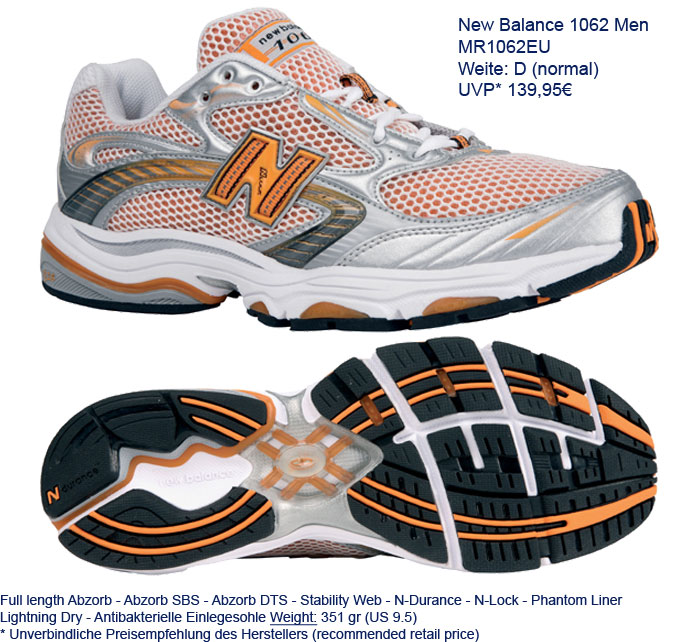

By mid-decade, Reebok's sales were about $1 billion. ĭuring the 1980s Reebok began introducing sports clothing and accessories (alongside entering the college/pro sports arena), along with a line of children's athletic shoes called Weeboks. The switch signaled the transition of the company into a performance brand as it began licensing deals with professional athletes in the NBA and NFL. In 1986, Reebok switched its logo from the Union Jack it had since its founding, to the vector logo-an abstract Union flag streak across a race track-which mirrored the design of the side flashes of its shoes. The company began expanding from tennis and aerobics shoes to running and basketball throughout the mid to late 1980s, the largest segments of the athletic footwear industry at the time. The brand established itself in professional tennis with the Newport Classic shoe, popularized by Boris Becker and John McEnroe, and the Revenge Plus, also known as the Club C. Officially an American company in 1985, Reebok had its initial public offering on the New York Stock Exchange under the ticker symbol RBK. Fireman bought the English-based parent company in 1984. The following year Reebok's sales were $13 million. In 1982, Reebok debuted the Reebok Freestyle aerobics shoe, the first athletic shoe designed for women. By 1981, Reebok reached more than $1.5 million in sales. Later that year, Fireman introduced three new shoes to the market at $60. The division became known as Reebok USA Ltd. Fireman had previously been an executive with his family business Boston Camping Fireman negotiated a deal to license and distribute the Reebok brand in the United States. In 1979, an American businessman named Paul Fireman took notice of Reebok at the Chicago NSGA (National Sporting Goods of America) Show. The name is Afrikaans for the grey rhebok, a type of African antelope. In 1958, in Bolton, two of the founder's grandsons, Joe and Jeff Foster, formed a companion company "Reebok", having found the name in a dictionary won in a sprint race by Joe as a boy. They were made famous by 100m Olympic champion Harold Abrahams in the 1924 Summer Olympics held in Paris. The company began distributing their shoes across the flag of the United Kingdom which were worn by British athletes. For pioneering the use of spikes, the company's running pumps appear in the book Golden Kicks: The Shoes that changed Sport.

Foster opened a small factory called Olympic Works, and gradually became famous among athletes for his "running pumps". Foster" in 1900 later he joined with his sons and changed the company name to J.W. After his ideas progressed, he founded his business " J.W. In 1895, Joseph William Foster at the age of 14 started work in his bedroom above his father's sweetshop in Bolton, England, and designed some of the earliest spiked running shoes.


 0 kommentar(er)
0 kommentar(er)
